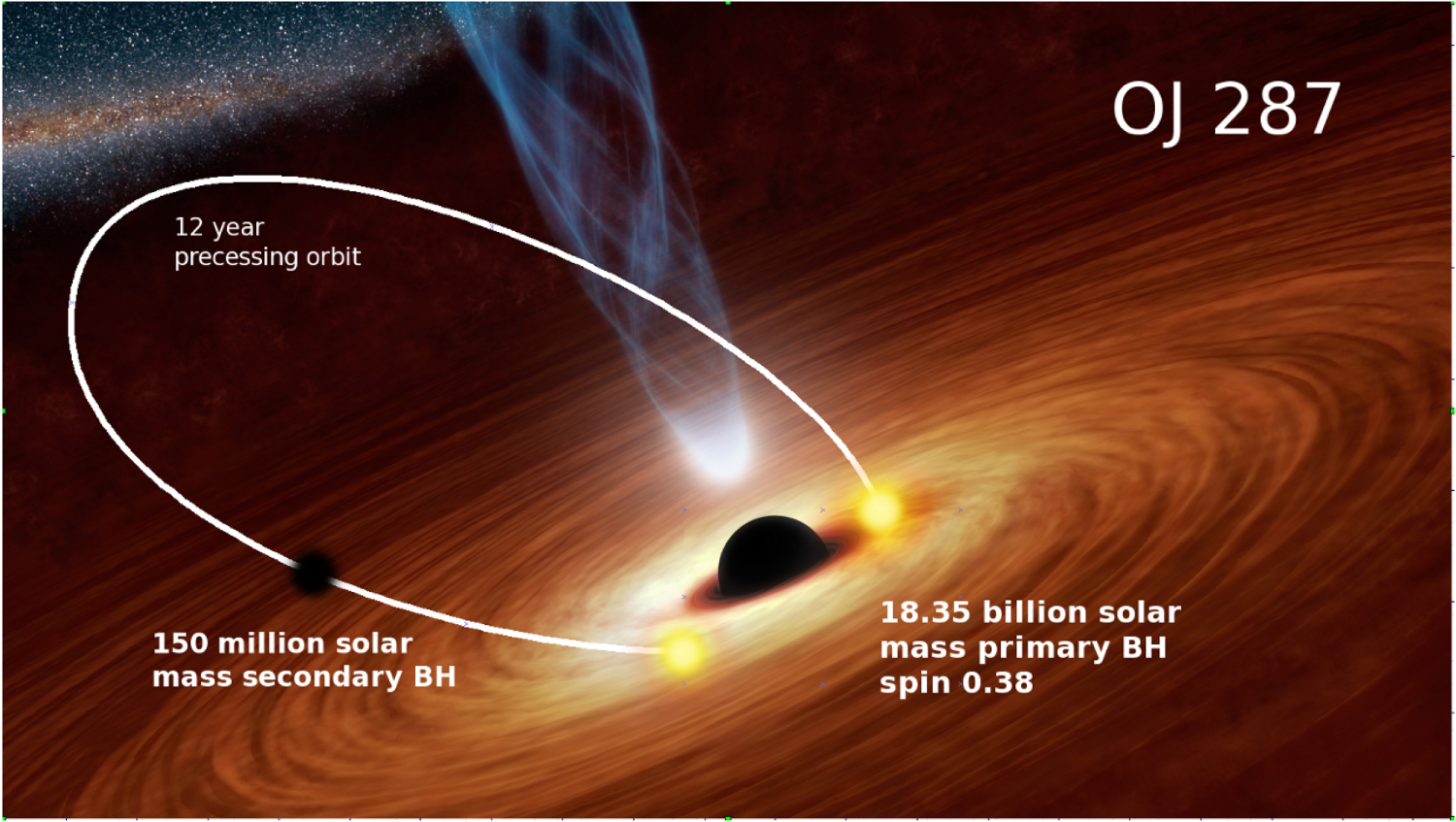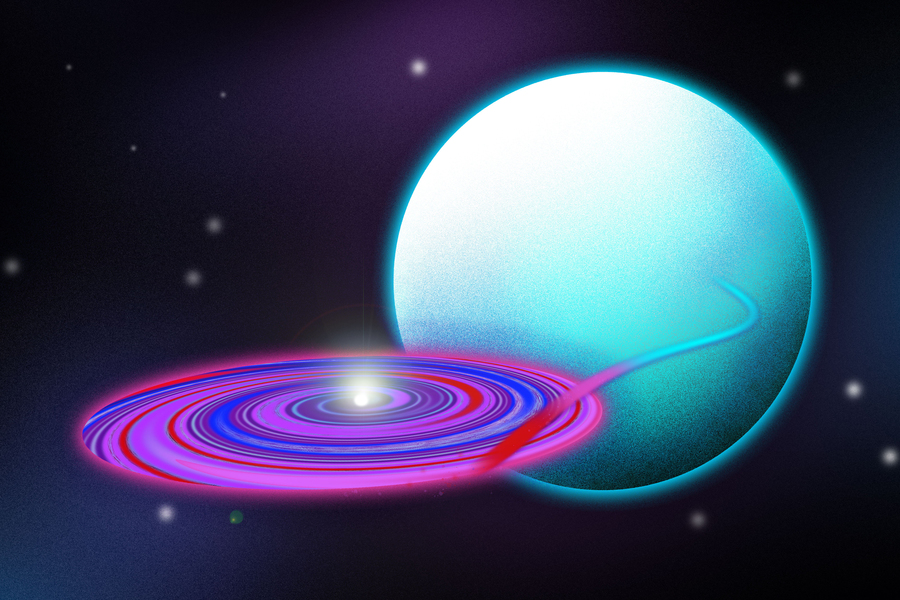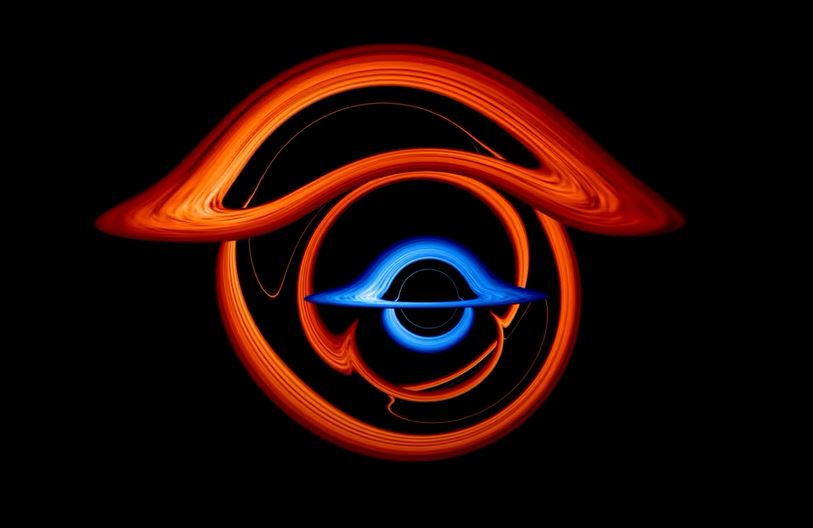
A team of astrophysicists led by Caltech has managed for the first time to simulate the journey of primordial gas dating from the early universe to the stage at which it becomes swept up in a disk of material fueling a single supermassive black hole. The new computer simulation upends ideas about such disks that astronomers have held since the 1970s and paves the way for new discoveries about how black holes and galaxies grow and evolve.
“Our new simulation marks the culmination of several years of work from two large collaborations started here at Caltech,” says Phil Hopkins, the Ira S...
Read More









Recent Comments